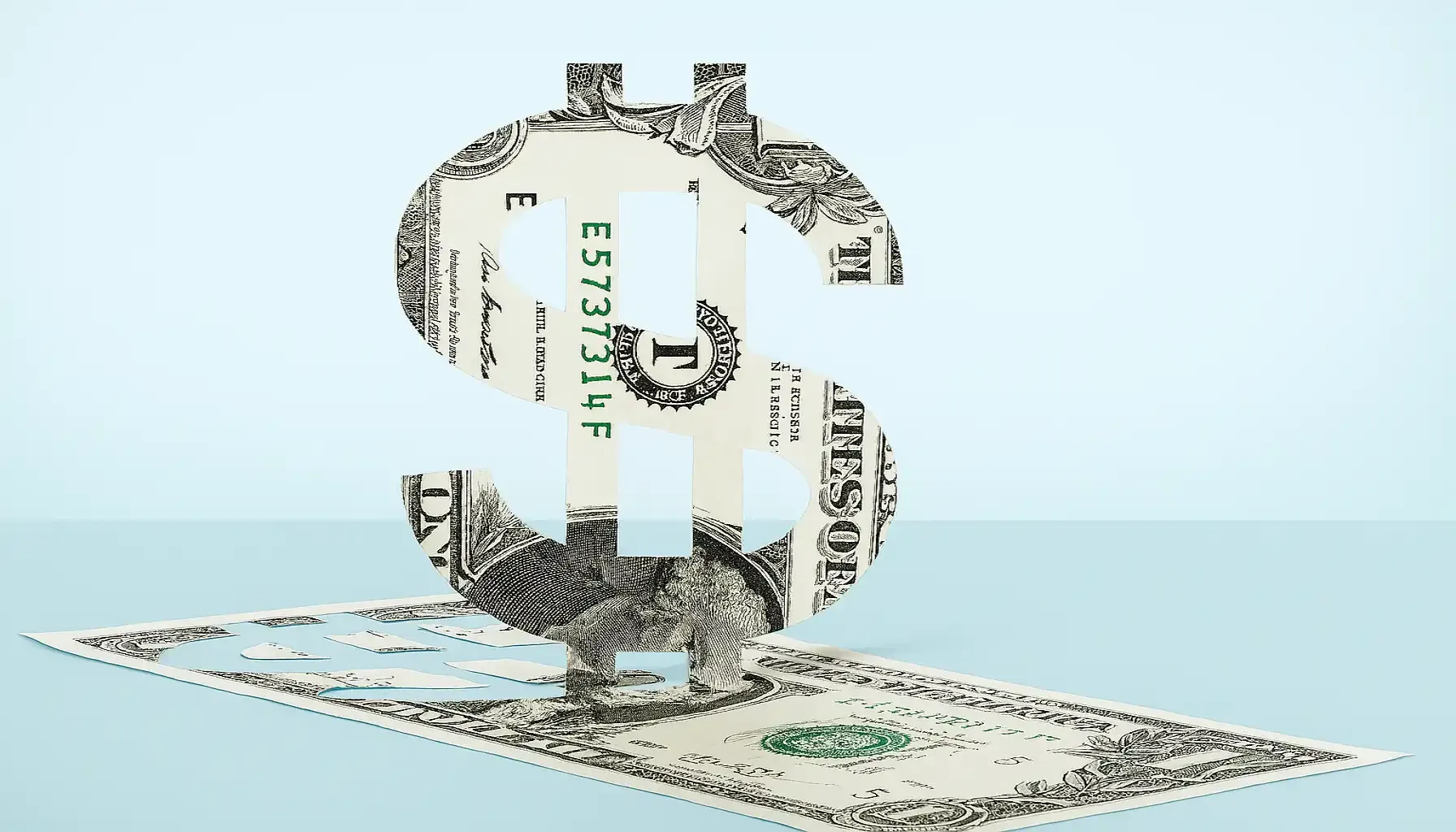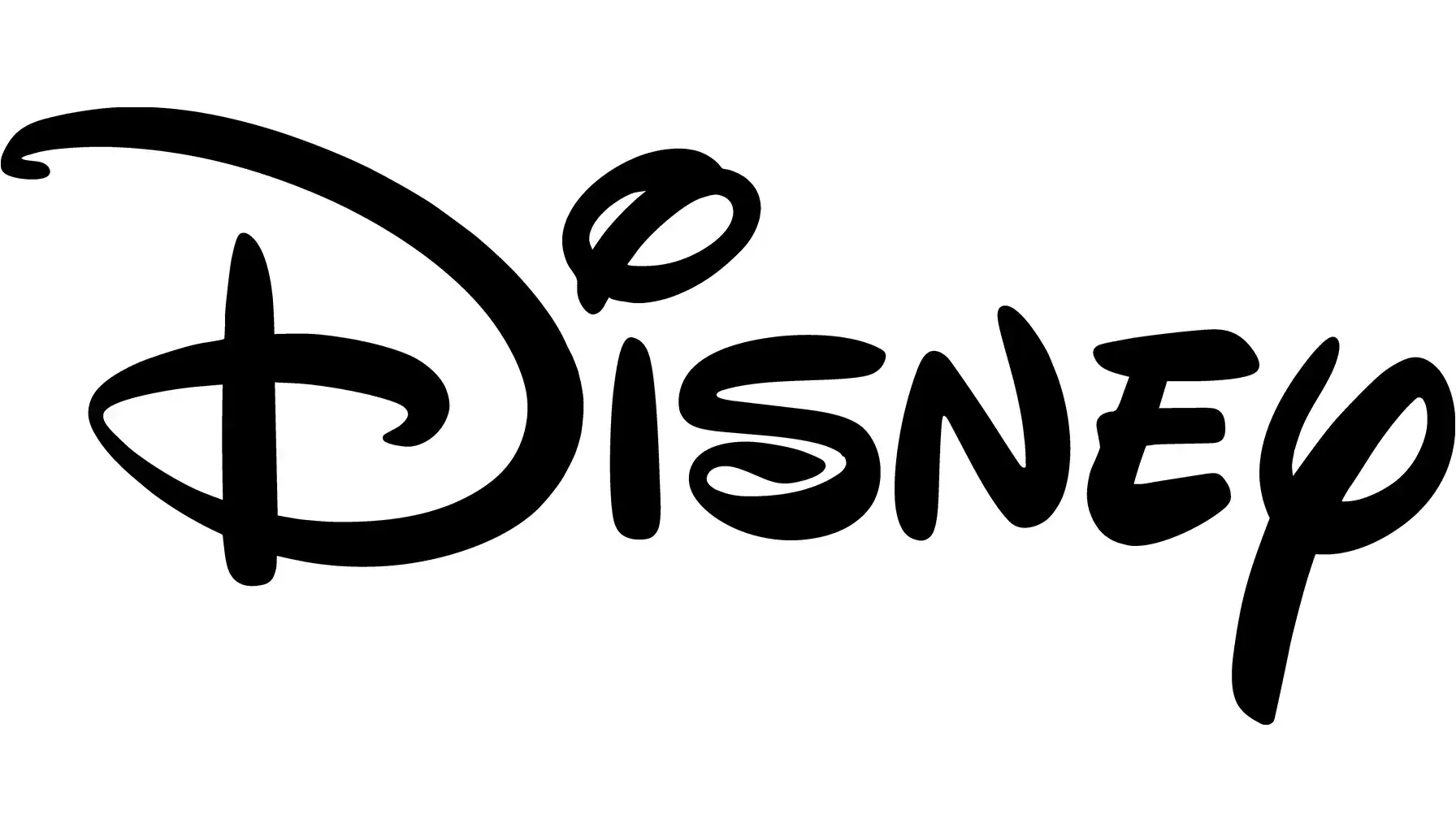You have found coins that look quite old. They have beautiful landscapes and the letter “W”. What kind of coins are these? What does the letter W on them mean? Today we will get answers to these questions. Our topic today is W mint quarters also known as west point quarter coins.
How It Started
The W mint quarters (Westpoint mint quarters) were first introduced in 2019 (2019 quarter with W mint mark) as part of a special initiative by the United States Mint to stimulate interest in coin collecting and to celebrate the 50th anniversary of the San Francisco Mint producing proof coins.

These quarters are part of the America the Beautiful Quarters Program. It started in 2010 and featured designs depicting national parks and other national sites across the United States.
The introduction of quarters with a “W” (West Point mint mark) was also meant to commemorate the West Point Mint, which typically produces bullion coins, commemorative coins and medals, but not circulating coins.
Unlike other collectible coins that are sold directly to collectors, the 2019 "W" quarters were released directly into circulation. This strategy was aimed at creating excitement and encouraging people to search for these rare coins in their everyday transactions. It’s rather like hard time tokens at their time.
Designs and Themes
The list of W mint mark quarters includes two years of mintage. Here are they:
2019 Designs:
Lowell National Historical Park (Massachusetts)
American Memorial Park (Northern Mariana Islands)
War in the Pacific National Historical Park (Guam)
San Antonio Missions National Historical Park (Texas)
Frank Church River of No Return Wilderness (Idaho)
2020 Designs:
National Park of American Samoa (American Samoa)
Weir Farm National Historic Site (Connecticut)
Salt River Bay National Historical Park and Ecological Preserve (U.S. Virgin Islands)
Marsh-Billings-Rockefeller National Historical Park (Vermont)
Tallgrass Prairie National Preserve (Kansas)
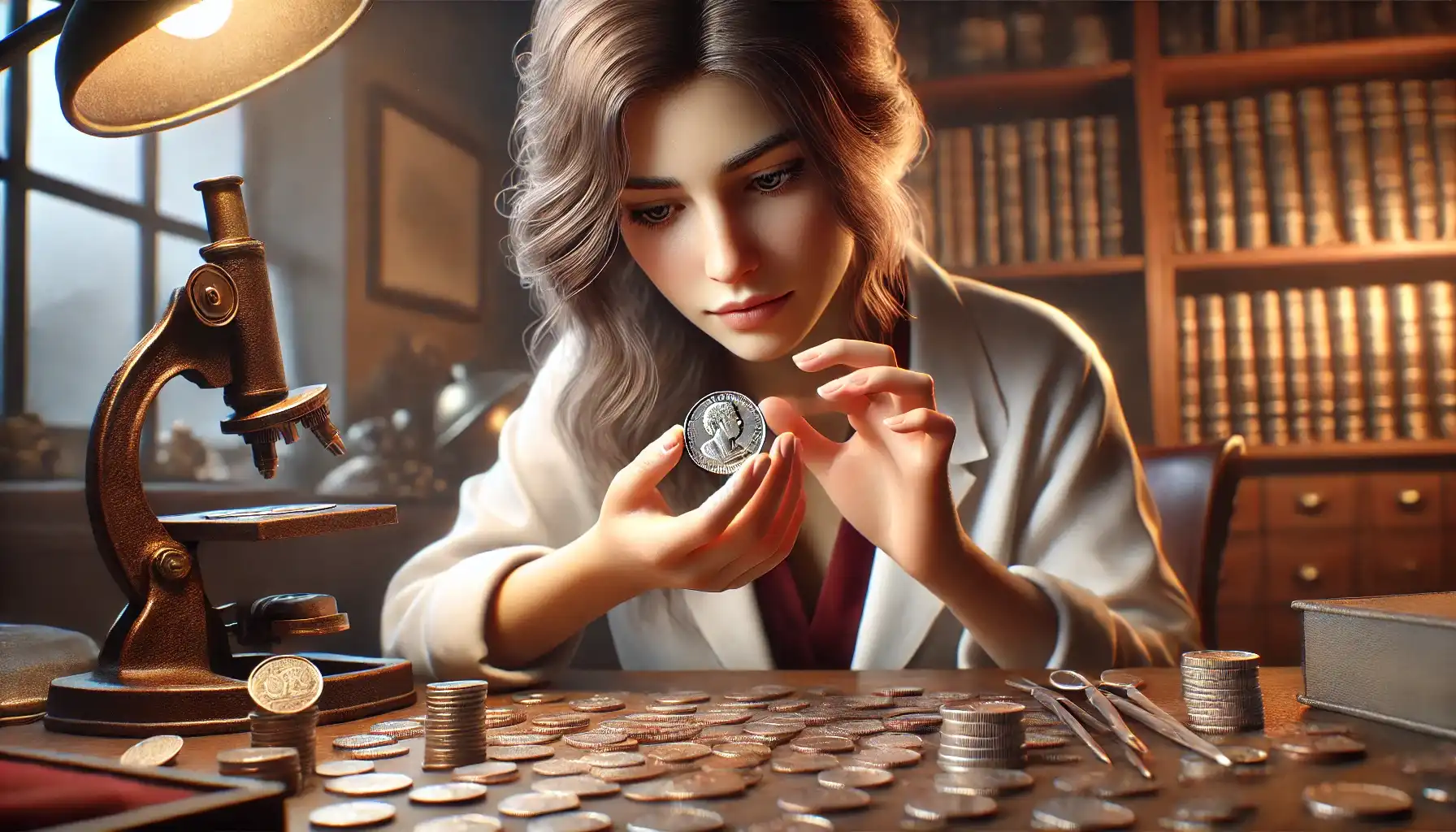
How many W quarters were minted? A total of 10 million "W" quarters were minted between 2019 and 2020 by the West Point Mint. This includes:
2019 West Point quarters: 2 million of each of the five designs released in 2019 with a total of 10 million.
2020 quarter with W mint mark: Similarly, 2 million of each of the five designs released in 2020, also totaling 10 million.
This was part of a special program to promote coin collecting, with these quarters distributed randomly into circulation.
Numismatic Description of "W" Mint Quarters
Mint Mark: The quarters feature a "W" mint mark, indicating they were minted at the West Point Mint.
Where is West Point mint mark located? On the obverse (front) side of coins minted at the facility. For the "W" quarters released in 2019 and 2020, the "W" mint mark is placed below "IN GOD WE TRUST" and to the right of George Washington's neck.
This mark distinguishes coins minted at the West Point Mint from those produced at other facilities like Denver (D), Philadelphia (P) or San Francisco (S).
Material: These quarters are made of the same composition as other circulating quarters, which is 8.33% nickel and 91.67% copper.
Diameter and Weight: Each quarter has a diameter of 24.26 mm and weighs 5.67 grams.
The List of Coins Minted at West Point:
Lowell National Historical Park (Massachusetts)
Obverse: Standard George Washington profile, designed by John Flanagan.
Reverse: Depicts a mill girl working at a power loom with Lowell city buildings in the background, designed by Joel Iskowitz and sculpted by Phebe Hemphill.
American Memorial Park (Northern Mariana Islands)
Obverse: Standard George Washington profile.
Reverse: Shows a young woman in traditional attire at the front of the Flag Circle and Court of Honor, designed by Donna Weaver and sculpted by Phebe Hemphill.
War in the Pacific National Historical Park (Guam)
Obverse: Standard George Washington profile.
Reverse: Features American forces landing at Asan Bay, designed by Joel Iskowitz and sculpted by Michael Gaudioso.
San Antonio Missions National Historical Park (Texas)
Obverse: Standard George Washington profile.
Reverse: Depicts elements of a Spanish colonial real coin: a mission bell, wheat, the lion rampant, and waves, designed by Chris Costello and sculpted by Joseph Menna.
Frank Church River of No Return Wilderness (Idaho)

Obverse: Standard George Washington profile.
Reverse: Shows a piloted drift boat on the rushing river with trees and rock formations around it, designed by Emily Damstra and sculpted by Renata Gordon.
National Park of American Samoa (American Samoa)
Obverse: Standard George Washington profile.
Reverse: Features a Samoan fruit bat mother hanging in a tree with her pup, designed by Richard Masters and sculpted by Phebe Hemphill.
Weir Farm National Historic Site (Connecticut)
Obverse: Standard George Washington profile.
Reverse: Depicts an artist painting on a canvas in a pastoral setting, designed by Justin Kunz and sculpted by Phebe Hemphill.
Salt River Bay National Historical Park and Ecological Preserve (U.S. Virgin Islands)
Obverse: Standard George Washington profile.
Reverse: Shows a red mangrove tree in an early stage of its life cycle, designed by Richard Masters and sculpted by Joseph Menna.
Marsh-Billings-Rockefeller National Historical Park (Vermont)
Obverse: Standard George Washington profile.
Reverse: Depicts a young girl planting a Norway spruce seedling near an established tree, designed by Donna Weaver and sculpted by Michael Gaudioso.
Tallgrass Prairie National Preserve (Kansas)
Obverse: Standard George Washington profile.
Reverse: Features a Regal Fritillary butterfly against a backdrop of Big Bluestem and Little Bluestem grasses, designed by Emily Damstra and sculpted by Renata Gordon.
Collectibility and Value
Due to their limited mintage of only 2 million for each design, these quarters are relatively rare in circulation. The value of these 2019 Westpoint quarters (or West Point) can increase if they are found in uncirculated or higher grades. Coins graded MS-65 or higher by professional grading services (PCGS, NGC) are particularly valuable. However, rare ancient coins will cost more.
West Point Quarter Value Table:
Year | Design | MS 63–MS 65 Value ($) | MS 67 Value ($) | Notable High Grade Sales ($) |
2019 | Lowell National Historical Park | 8–11 | 20 | MS69: 9,900 (2023) |
2019 | American Memorial Park | 3–7 | 12–20 | MS68: 3,176 (2023) |
2019 | War in the Pacific | 7–12 | 35 | MS68: 589 (2022) |
2019 | San Antonio Missions | 3–5 | 20 | MS69: 75,000 (2021) |
2019 | River of No Return Wilderness | 3–20 | - | MS68: 987 (2019) |
2020 | American Samoa National Park | 11–14 | 225 | MS67: 621 (2020) |
2020 | Weir Farm | 11–35 | 160 | MS68: 1,705 (2023) |
2020 | Salt River Bay | 12–40 | 200 | MS68: 5,995 (2022) |
2020 | Marsh-Billings-Rockefeller | 25–30 | 425 | MS68: 40,000 (2021) |
2020 | Tallgrass Prairie | 25–100 | 400 | MS68: 15,000 (2022) |
How much is a West Point quarter worth? The 2019 W quarter and 2020 W quarter value depends on several interrelated factors: condition, rarity, demand and unique attributes.
First and foremost, the coin's grade, or condition, impacts its price. Coins are assessed using the Sheldon Scale, which ranges from Poor (P-1) to Perfect Mint State (MS-70). The grade reflects the coin's state of preservation, with higher grades commanding premium prices.
For example, coins graded between MS 63 and MS 65 are uncirculated but may display minor imperfections. This makes them relatively affordable. However, those graded MS 67 or higher are rare and highly sought after. These coins exhibit exceptional luster, sharp details, and minimal flaws.
A striking example is the 2020 W American Samoa National Park quarter, which can sell for around $225 in MS 67, while lower-grade versions are valued between $11 and $14.
The San Antonio Missions quarter in MS 69 grade, one of the highest possible, was sold for an extraordinary $75,000 in 2021.
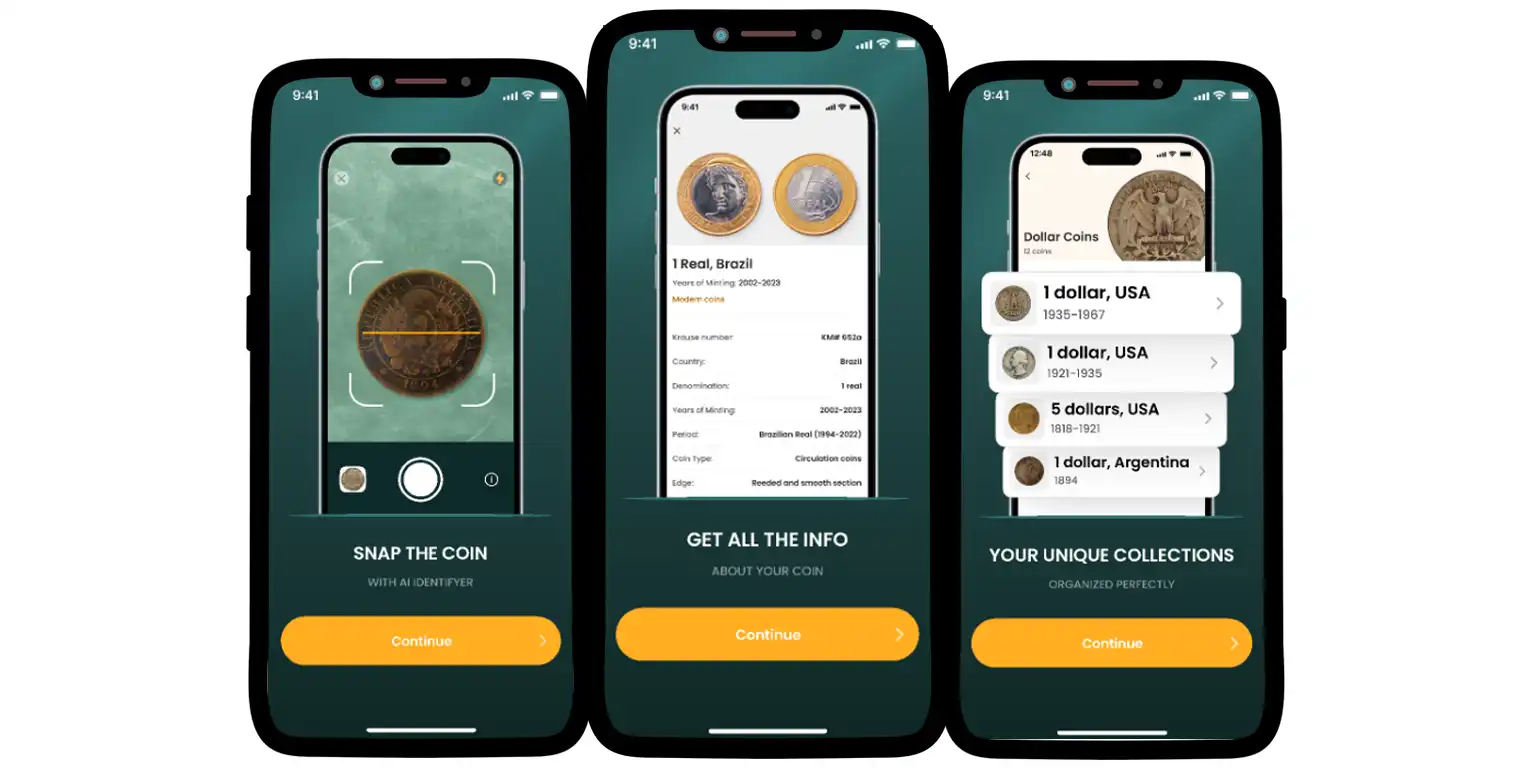
Rarity is another important factor. Each West Point quarter design was minted in limited quantities, with only two million W coin examples per design released into circulation. This makes them rarer than quarters produced at the Philadelphia or Denver mints.
Additionally, quarters minted in 2020 have an extra feature: a V75 privy mark (2020 W quarter v75) commemorating the 75th anniversary of World War II. This v75 quarter mark enhances their historical significance and value.
Collector interest drives the value of these coins, especially in higher grades. Some designs, e.g., the American Memorial Park or Salt River Bay quarters, may attract more attention due to their aesthetic appeal or connection to culturally or historically significant sites.
Another consideration is the presence of minting errors or variations, which can boost a coin’s value. Errors such as doubled dies, die breaks, or strike-throughs are highly prized by collectors as they represent anomalies in the minting process. While these errors are rare in West Point quarters, their discovery may cost much.
How to Identify Them?
If you want to check if you are the lucky owner of these “W” mint quarters, or you already have some W quarters for sale, you have many options to do it. The easiest way is to use a coin identification app such as Coin ID Scanner. The operation of these apps is simple: you just need to take a photo of the coin you want to identify coin by image and upload it to the service - then you will receive all the necessary numismatic information, and you will also be able to use the function of organizing your collection.
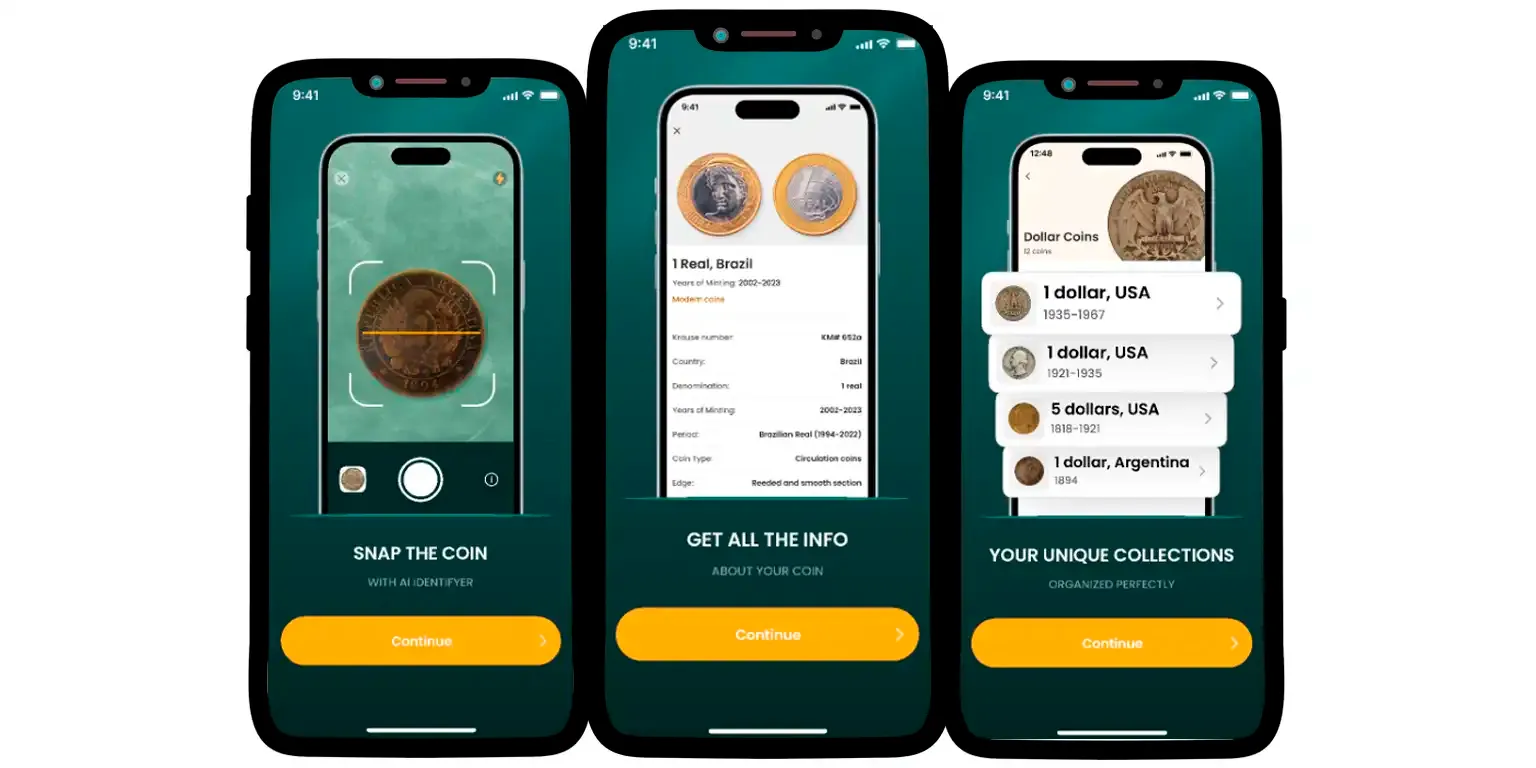
Coincidences are not accidental, as you may have heard. What if you are the lucky owner of an expensive coin but do not even know it? Or maybe you inherited a whole collection of West Point quarters for sale and you do not know what to do with it next? Start by recognizing all the pieces. Do not be afraid to look for help from specialists and modern technologies. After all, your luck is in your hands!

